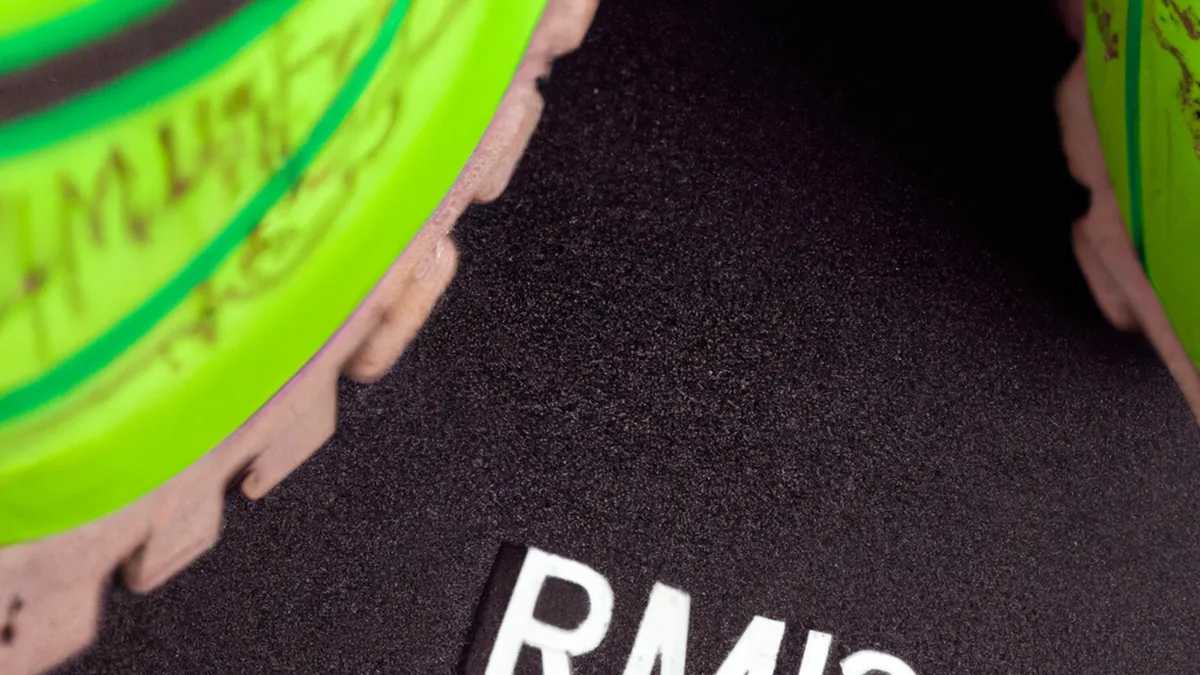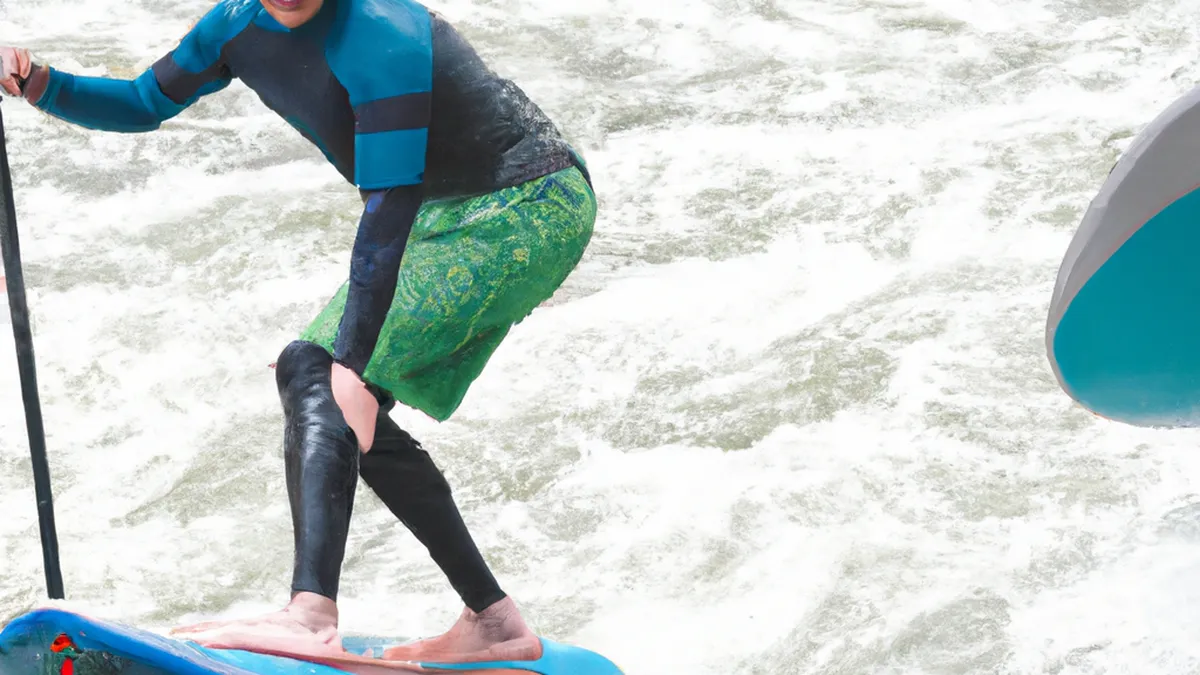Run, Jump, Climb: Find Your Rhythm
Pacing Strategies for OCRObstacle Course Racing (OCR) offers an intense experience. Participants enjoy navigating mud, climbing walls, and crawling under barriers. However, pacing plays a crucial role. A well-planned pacing strategy enhances performance and enjoyment. This post explores effective pacing strategies for OCR to help you tackle challenges confidently.
Understanding OCR Pacing
Pacing means managing your energy during the race. OCR requires both speed and strength, unlike traditional running events. You must adjust your pace based on obstacles. Therefore, understanding your limits is essential.
Know Your Fitness Level
Before racing, assess your fitness level. This assessment helps you determine your ideal pace. If you’re new to OCR, start at a moderate pace. As you gain experience, gradually increase your speed.
Set a Goal for the Race
Establishing a clear race goal is vital. Decide whether you want to finish strong, beat your previous time, or enjoy the experience. Your goal will shape your pacing strategy. For example, push harder on flat sections for a quick finish. If you seek enjoyment, take time to appreciate the surroundings.
Tips for Effective Pacing
As an Amazon Associate I earn from qualifying purchases.
Gear tip: consider soft flask, hydration tablets, and electrolyte mix to support this topic.
Implementing effective pacing strategies can boost your performance. Here are actionable tips to consider.
Start Slow and Build Up
In OCR, starting slowly often proves beneficial. Many athletes sprint at the start, leading to exhaustion later. Instead, begin at a comfortable pace and gradually increase speed. This strategy promotes better energy management.
Break the Course into Segments
Breaking the course into segments helps maintain focus. Concentrate on one segment rather than the entire race. For instance, focus on reaching the next obstacle. Once completed, shift your attention to the next. This mental strategy keeps you motivated and reduces anxiety.
Time Your Obstacles
Obstacles can challenge you in OCR. They require varying energy levels and skills. Time your obstacles wisely. Conserve energy before tough climbs, then pick up your pace on flat terrain. Knowing when to push and when to conserve energy is crucial.
Advice for Race Day
Race day presents unique challenges. A solid plan can significantly impact your performance.
Hydration and Nutrition
Proper hydration and nutrition are essential for optimal performance. Drink enough water before and during the race. Consider light snacks for races longer than an hour. Bananas or energy gels can provide an extra boost. Hydrated and fueled bodies perform better.
Adjust Based on Conditions
Weather conditions can change quickly. If it rains, the course may become muddy and slick. Be ready to adjust your pace based on conditions. Focus on technique during slippery sections and speed up on dry trails. Always remain adaptable.
Practice, Practice, Practice
Training is vital for success. Incorporate various workouts into your regimen, including running, strength training, and obstacle practice. The more you practice, the better you understand your pacing strategy. Participate in training races to simulate race conditions.
Benefits of Proper Pacing
Implementing effective pacing strategies offers numerous benefits.
Enhanced Performance
Proper pacing improves your performance. You tackle obstacles more effectively and finish strong. Wise energy management reduces fatigue before the race ends.
Increased Enjoyment
Enjoyment is key in OCR. Correct pacing allows you to appreciate the experience. Focus on overcoming obstacles instead of stressing about exhaustion.
Reduced Risk of Injury
Pacing lowers your risk of injury. Avoiding overexertion protects your body. Pacing helps you listen to your body’s signals and adjust as needed.
Conclusion
Effective pacing strategies are crucial for OCR success. Understand your fitness level, set clear goals, and implement practical tips to enhance performance. Remember to hydrate, adapt to conditions, and practice regularly. Proper pacing improves your race and elevates enjoyment. Gear up and get ready to conquer the next obstacle course with confidence!
Below are related products based on this post:
FAQ
What is pacing in OCR?
Pacing in obstacle course racing (OCR) refers to managing your energy throughout the race. Unlike traditional running events, OCR requires a balance of speed and strength, and adjusting your pace based on obstacles is essential for success.
How should I assess my fitness level before racing?
Before participating in a race, it is important to evaluate your fitness level to determine your ideal pacing. If you’re new to OCR, starting at a moderate pace is recommended, and as you gain experience, you can gradually increase your speed.
What should I do on race day to improve my performance?
On race day, proper hydration and nutrition are crucial for optimal performance. Drink enough water and consider light snacks if the race lasts longer than an hour. Being hydrated and fueled will enhance your ability to tackle the challenges of the course effectively.















Post Comment